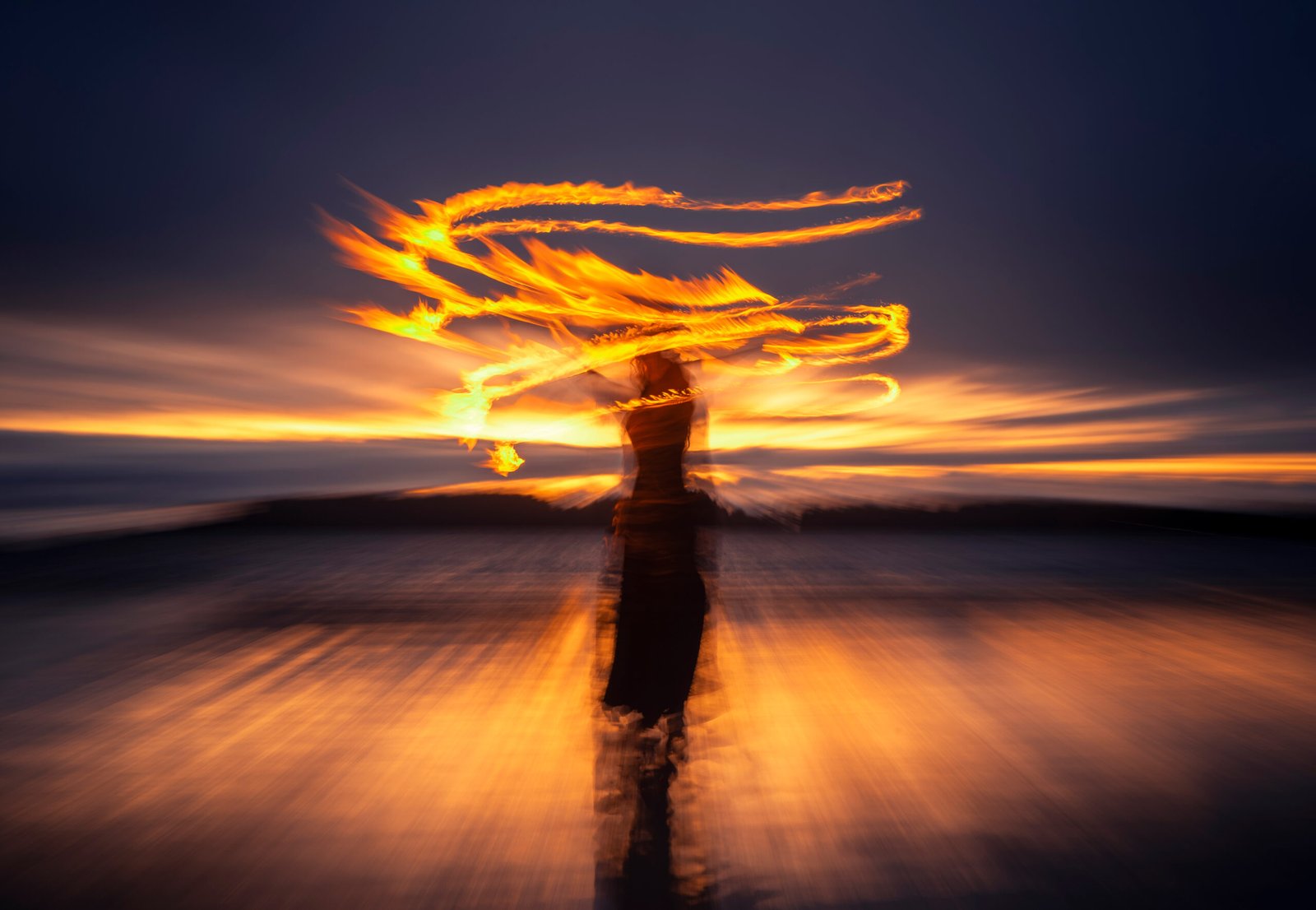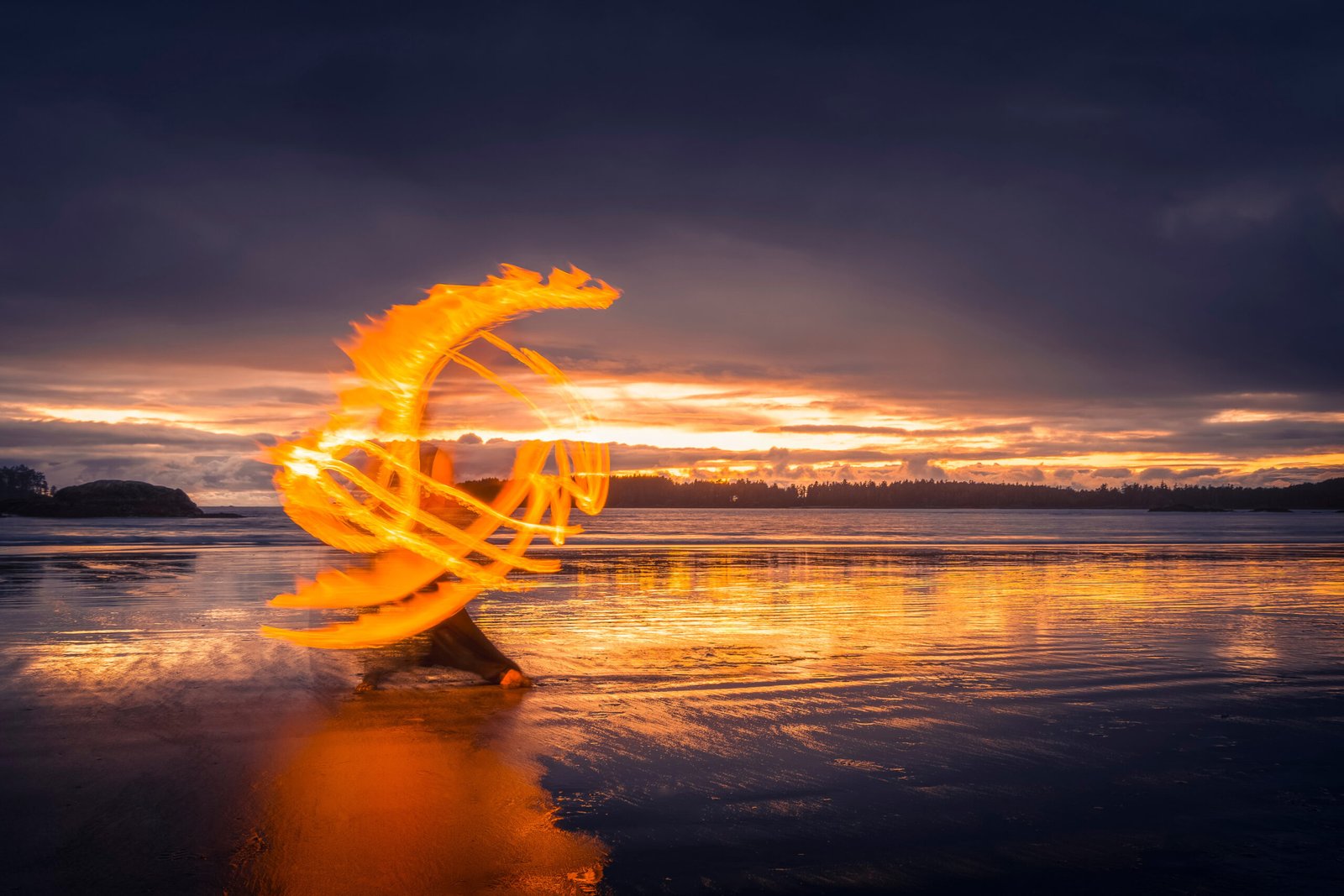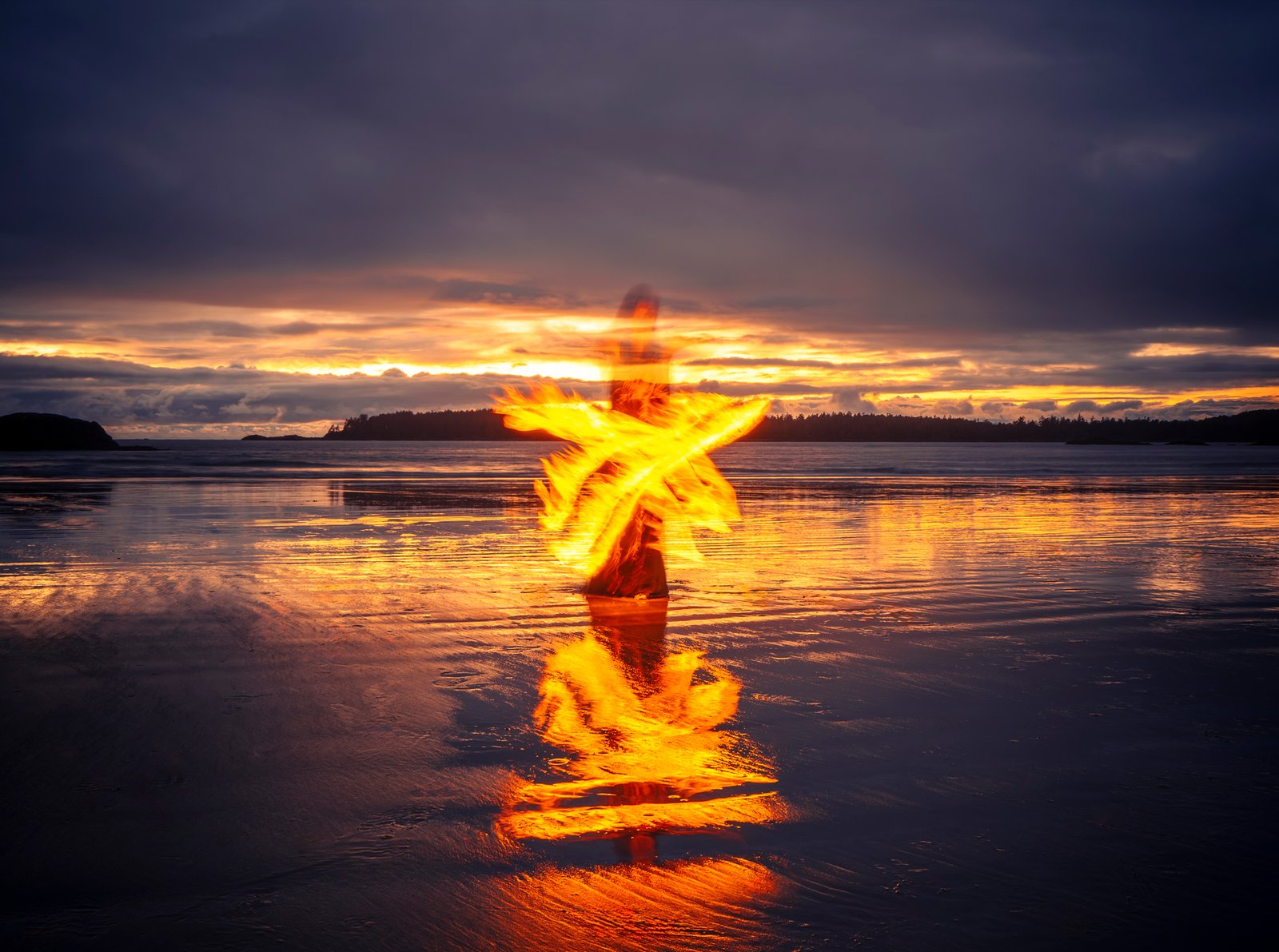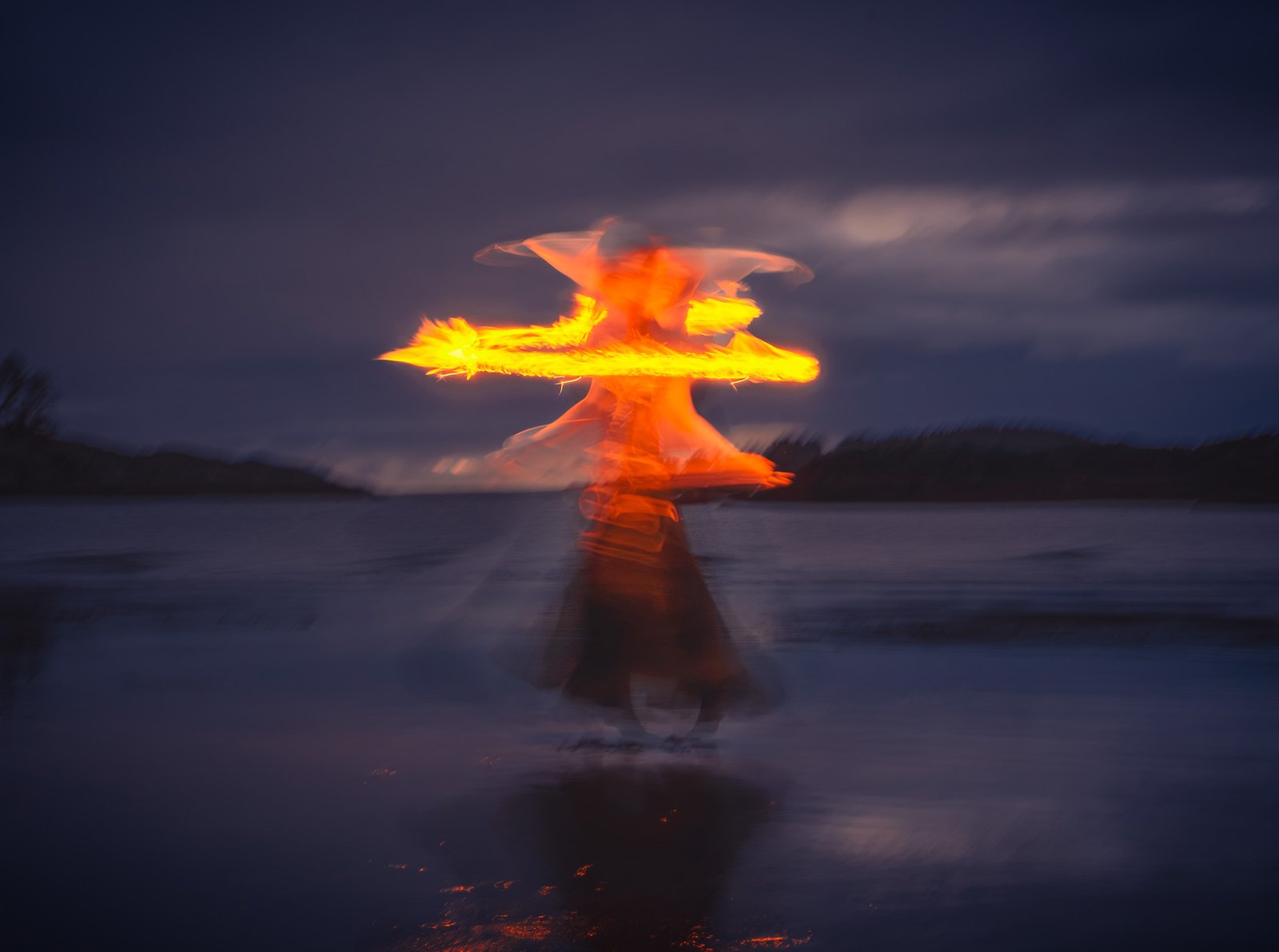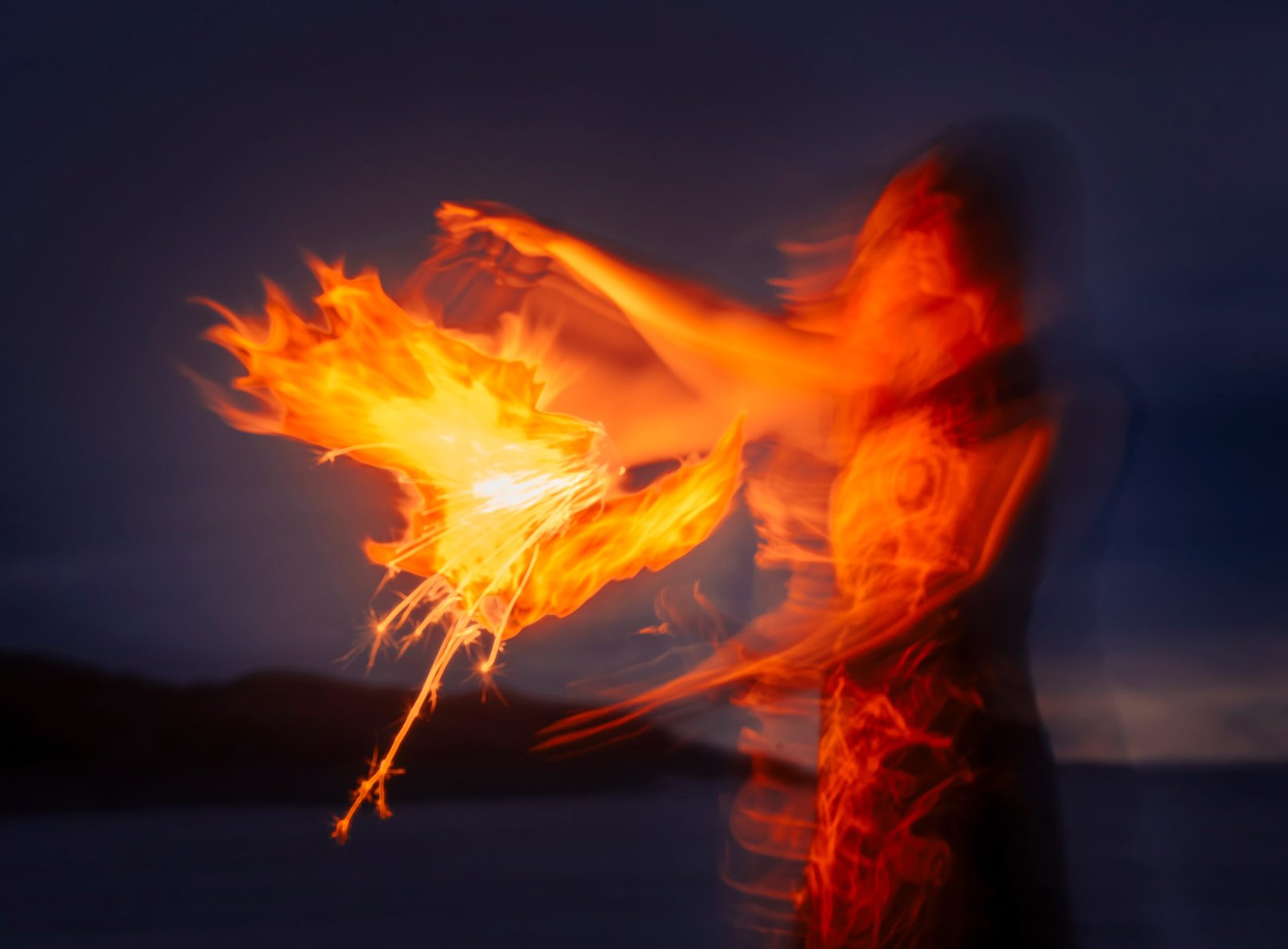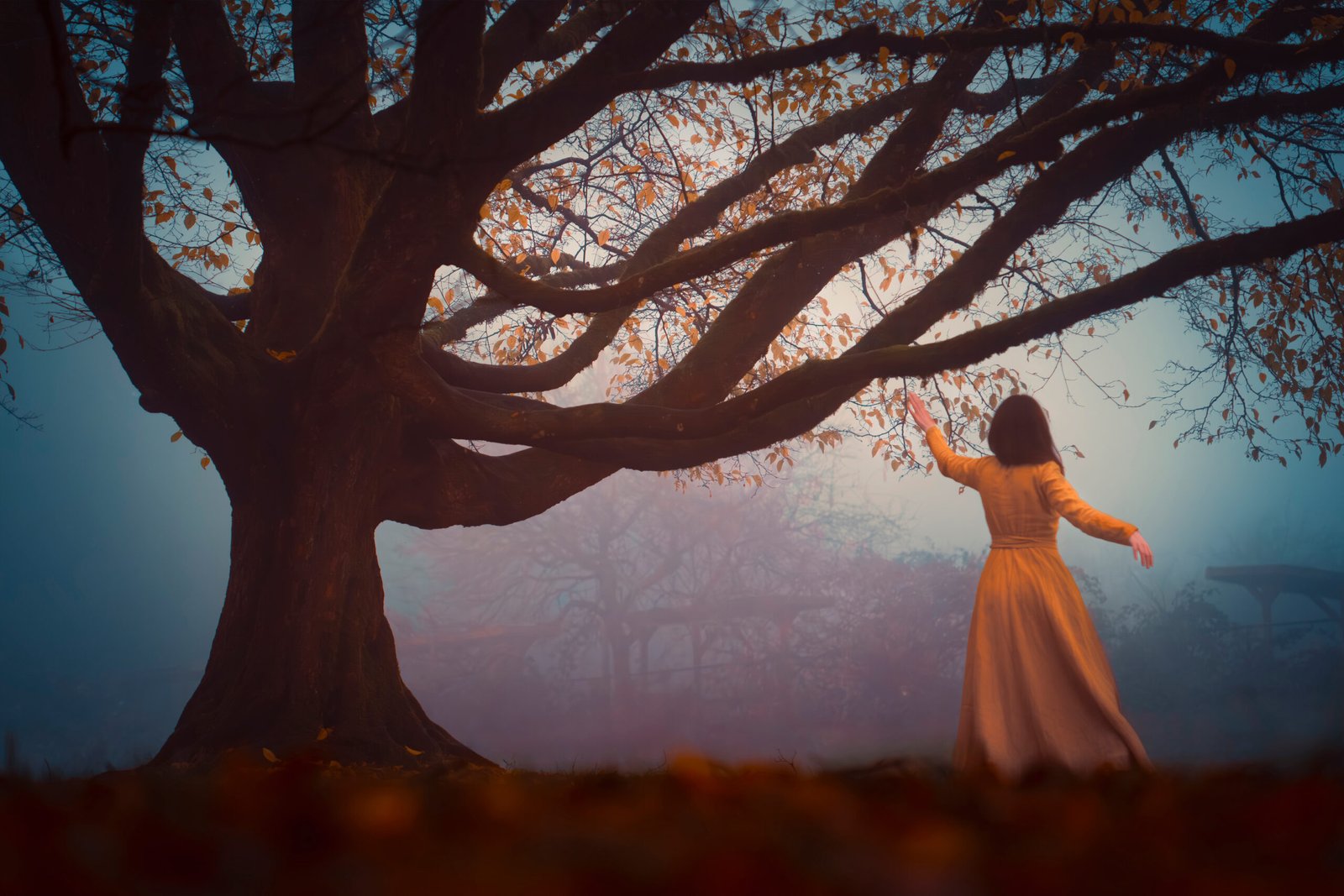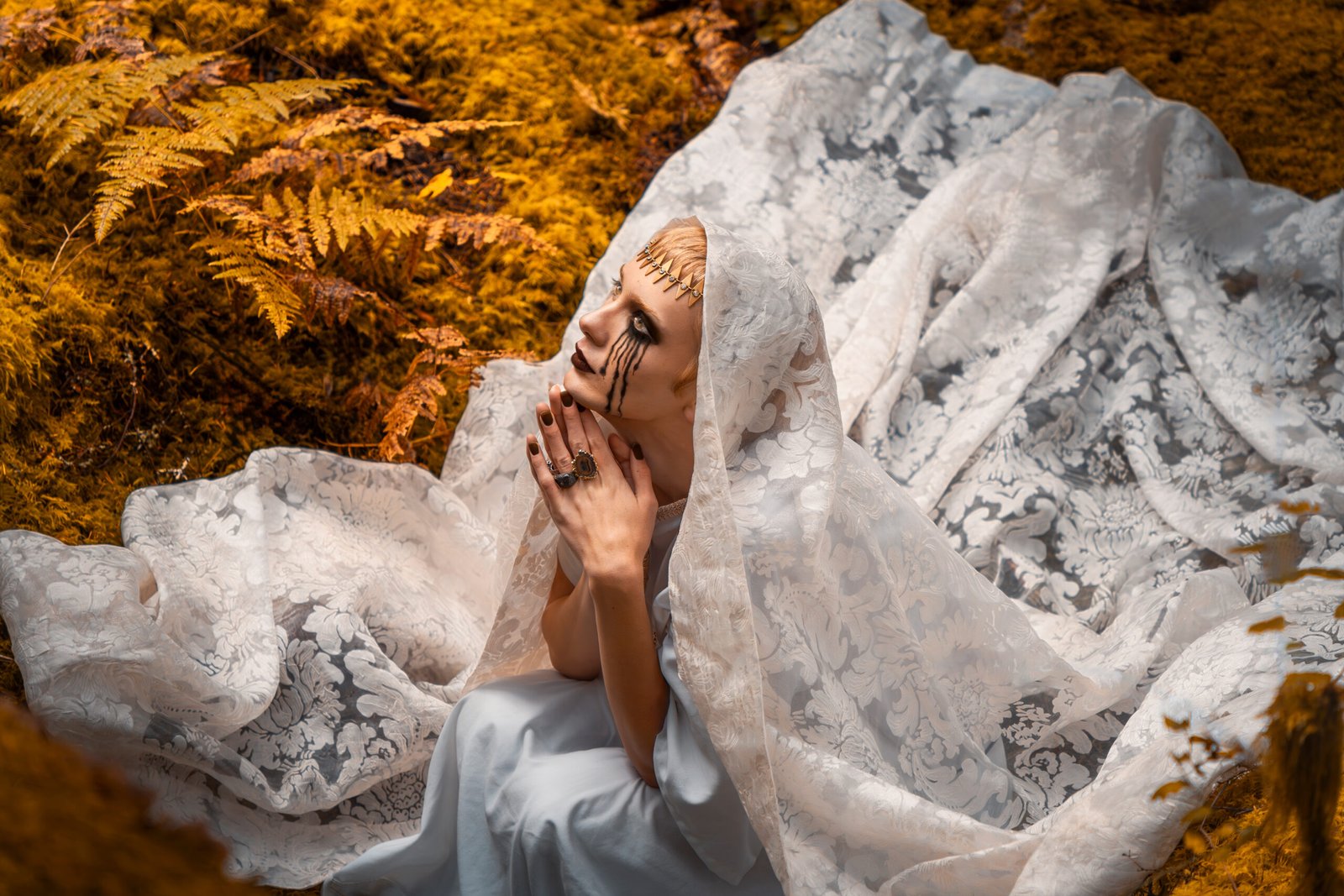Through the motion blur technique, I explored the dynamic relationship between movement and light, creating images that capture the energy and emotion of each moment.
Through the motion blur technique, I explored the dynamic relationship between movement and light, creating images that capture the energy and emotion of each moment.
Photography is often about freezing a moment in time, while motion blur invites one to experience the fluidity of movement, the passage of time, and the emotion embedded in each scene. Discover the beauty of imperfection and how each image can spark your imagination, allowing your mind to fill in the gaps and create your own story.
Immerse yourself in the art of motion and let the blur speak to your imagination, and uncover more of my work by visiting the Katia Farina Photography portfolio.
What is motion blur?
Motion blur occurs when a subject moves during exposure, creating a soft, streaked effect that conveys a sense of speed, rhythm, or transformation. This effect can be achieved by adjusting the shutter speed, intentionally moving the camera, or capturing the natural motion of the subject itself. Rather than aiming for sharp precision, motion blur invites the unexpected, allowing each frame to become a blend of movement and light.
The purpose of using motion blur effect
Motion blur is more than just a technical effect—it’s a storytelling tool. By incorporating motion into still imagery, photography transcends mere representation and enters the realm of emotion and imagination. This technique can be used to:
- Evoke emotion: a blurred figure can represent longing, nostalgia, or fleeting beauty.
- Enhance atmosphere: a waterfall or the swirling currents of a river can create a sense of serenity, power, or continuous flow.
- Convey energy and motion: a dancer mid-spin, 0r a wave crashing, can make the viewer feel the movement rather than just see it.
- Encourage interpretation: invites the audience to complete the story, sparking personal reflections and emotions.
How to achieve the motion blur technique
Creating motion blur in photography requires a careful balance of camera settings and intentional movement. Some of the key techniques are:
- Slow shutter speed: using a slow shutter speed (typically below 1/30s) allows movement to be recorded as a blur while keeping static elements sharp.
- Long exposure: keeping the shutter open for several seconds or minutes can capture continuous motion, such as light trails, flowing water, and star trails.
- Panning: moving the camera along with a moving subject while using a slow shutter speed can create a sharp subject with a blurred background, emphasizing speed and direction.
- Intentional camera movement (ICM): Deliberately moving the camera during exposure creates abstract, painterly effects that add a sense of creativity and emotion.
Mastering these techniques requires experimentation and an understanding of how light and motion interact to create compelling compositions.
More portfolio to discover
A path of self-expression and growth, beginning with facing insecurities and transforming into a creative practice that embodies vulnerability, resilience, and authenticity.
This collection celebrates the profound connection between individuals and the natural world. Each portrait is carefully crafted with the use of natural light and breathtaking landscapes, resulting in genuine, heartfelt images.
Creativity flourishes through collaboration. Engaging with photographers, models, and fellow creatives inspires me to push boundaries and create work that is both meaningful and authentic.
These images are available for purchase and can also be licensed for commercial use. For inquiries, please feel free to reach out via email at info@katiafarina.com

